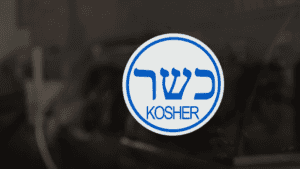Last Updated on June 30, 2025 by Packoi Team
For a business, packaging is one of those non-negotiables that can make or break a product’s success. However, just any old packaging won’t do the trick. Packaging optimization is the way forward due to its numerous benefits, such as increased efficiency and attractiveness.
It also impacts customer satisfaction and can result in cost savings for businesses. If you choose the right materials, you can make your packaging sustainable, too. In this guide, we’ll discuss packaging strategies that you can use to optimize your packaging.
What is Packaging Optimization?
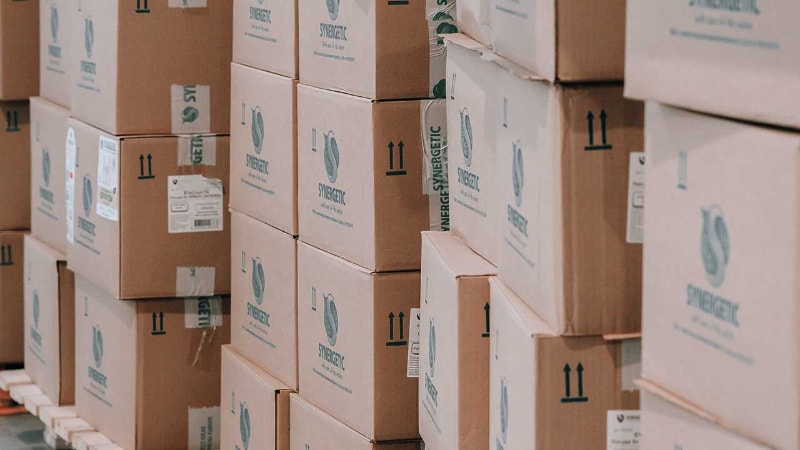
Packaging optimization is the strategic and holistic approach to designing, developing, and managing packaging solutions to maximize their effectiveness across all touchpoints, from manufacturing to consumer interaction.
It goes beyond mere containment, aiming to achieve an optimal balance between critical factors: visual appeal, functional performance, cost-efficiency, and environmental responsibility.
At its core, it involves a rigorous analysis of every aspect of packaging, from the choice of raw materials and structural design to its role in logistics, branding, and the final unboxing experience.
For any business, packaging optimization is not a one-time fix but a continuous, iterative process. It necessitates adapting packaging strategies as market trends shift, consumer preferences evolve, supply chain dynamics change, and new technologies emerge.
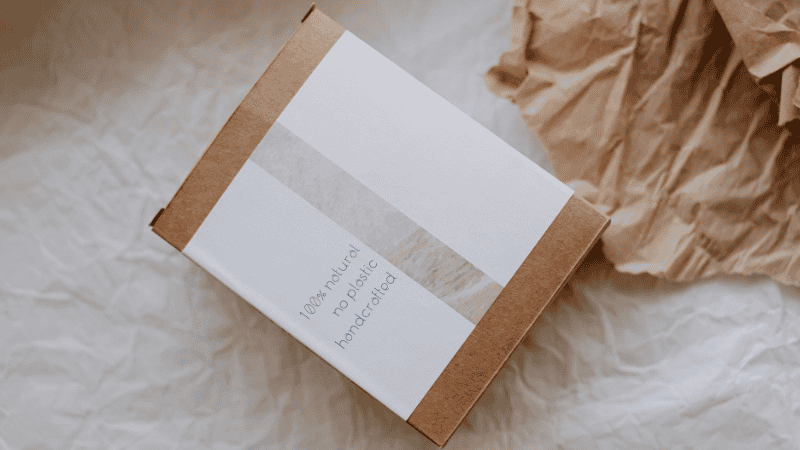
The overarching goal is to consistently enhance the packaging’s utility and appeal, ensuring it meets the evolving needs of your customers while simultaneously driving operational efficiencies and contributing positively to your bottom line and brand reputation.
This strategic endeavor impacts every stage of a product’s lifecycle, ensuring that packaging isn’t just a cost center but a value-generating asset.
Ready to Get Custom Packaging for Your Business?
start with a low minimum order quantity
Benefits of Packaging Optimization
Optimized packaging strategies deliver a multitude of benefits that directly impact a business’s bottom line and market standing. By focusing on strategic design and material selection, companies can achieve:
Significant Cost Reduction
One of the most immediate benefits is the reduction in expenses related to materials and shipping. Utilizing lightweight yet sturdy materials, right-sizing packaging to minimize void fill, and optimizing for shipping dimensions can drastically cut transportation costs and overall material spend without compromising quality.
Enhanced Customer Experience
Packaging is often the first physical touchpoint a customer has with your brand. Optimized packaging elevates the unboxing experience through thoughtful design, easy-to-open features, and appealing presentation. A positive unboxing journey fosters greater customer satisfaction, builds brand loyalty, and generates valuable positive word-of-mouth.
Superior Product Protection
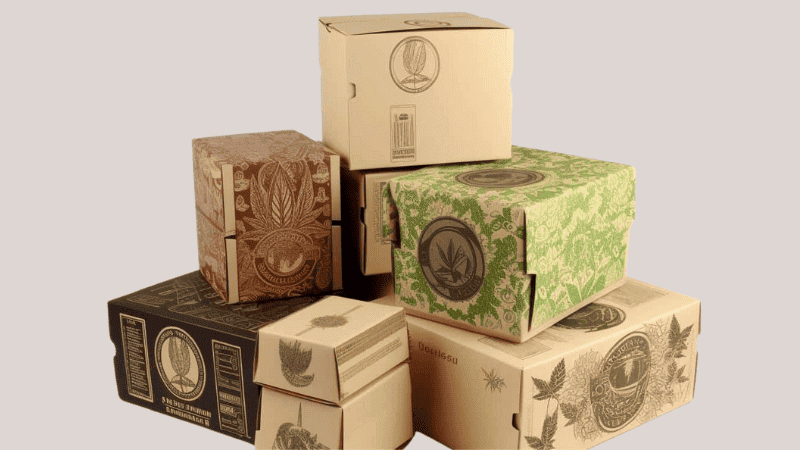
Well-designed and properly sized packaging provides an essential safeguard against the rigors of the supply chain. It minimizes damage from rough handling, temperature fluctuations, and humidity during transportation and storage. This reduces product returns and replacements, leading to significant long-term savings.
Improved Sustainability Profile
Choosing eco-friendly options like biodegradable, recyclable, or recycled packaging materials significantly reduces waste and environmental impact. This not only aligns with corporate social responsibility goals but also resonates powerfully with environmentally-conscious consumers, becoming a strong selling point.
In fact, consumer demand for sustainable packaging is consistently high, with a large majority expressing a preference for brands that demonstrate clear environmental responsibility through their packaging choices.
Powerful Marketing & Branding Tool
Eye-catching, unique, and well-designed packaging makes your product stand out, whether on retail shelves or in online listings.
It offers prime real estate for branding opportunities, allowing you to print your logo, company information, or even interactive QR codes, transforming every package into a walking advertisement that attracts potential customers and drives sales.
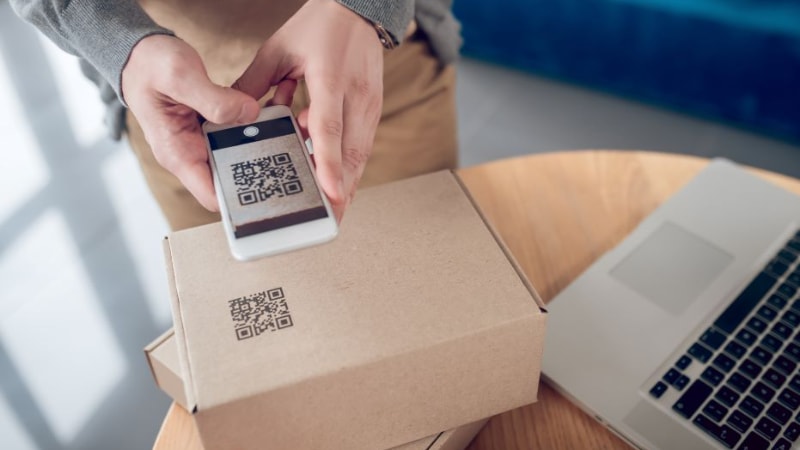
These comprehensive advantages highlight why packaging optimization isn’t just about aesthetics; it’s a strategic imperative that fuels efficiency, fosters loyalty, and bolsters your brand’s presence in a competitive market.
Tools and Technology for Packaging Optimization
Nowadays, a lot of software solutions are available for packaging optimization. Some of these include:
- Packaging Software Tools: These tools assist in design and product testing, with features like 3D modeling, virtual prototyping, and structural analysis. An example of this is ArtiosCAD.
- Packaging Automation: Tools like robots and automated machines help streamline the packaging process, increasing efficiency and reducing human error.
- Sensors and Monitoring Systems: These are used to track environmental conditions during transportation and storage, ensuring the safety of your product.
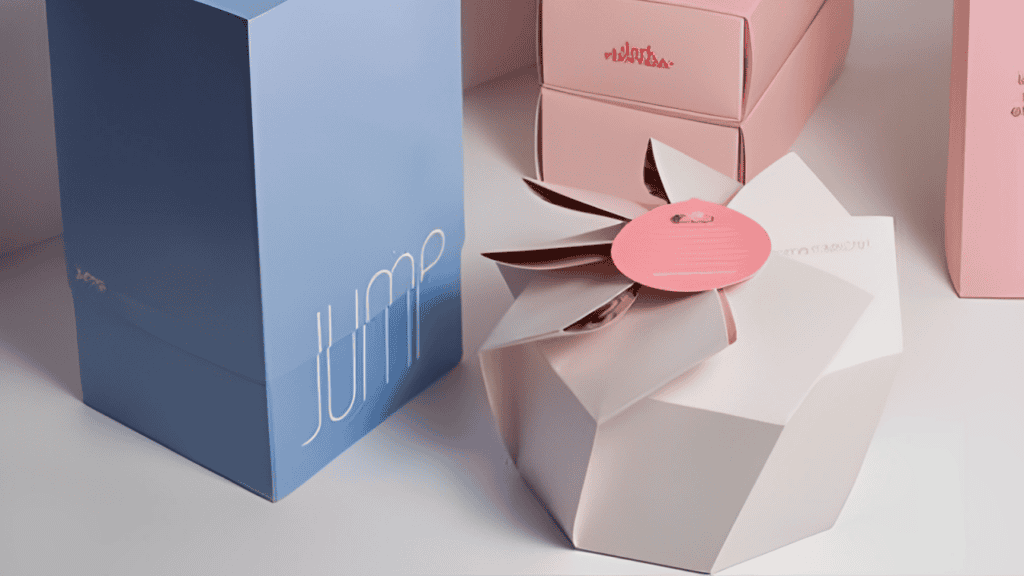
- Eco-Friendly Alternatives: Sustainable packaging options like biodegradable materials and renewable resources are a growing trend in the industry. These tools can help you make more environmentally friendly packaging choices for your product.
Leveraging these advancements allows businesses to move beyond traditional methods, achieving greater precision, sustainability, and overall effectiveness in their packaging strategies.
6 Steps of The Packaging Optimization Process
Optimizing product packaging is a full-fledged process with multiple steps. From understanding the product requirements to finding the best packaging options, there’s a lot you need to take into consideration.
It’s also important to steer away from traditional packaging methods and find innovative ways to optimize your packaging. We break down the packaging optimization process into a step-by-step approach for you to follow.
Step 1: Analyzing Your Current Packaging Process

First off, you need to audit your existing packaging materials. Which materials are you currently using? What is their cost? How do they impact your product’s sustainability and environmental footprint?
Be it plastic, foam, cardboard, or any other material, you need to evaluate them all. Assess their recyclability, durability, weight, aesthetic appeal, and cost. Identify their strengths and weaknesses and determine which materials can be replaced with more sustainable and cost-effective alternatives.
While you’re at it, determine the cost of packaging, handling, and shipping these materials. How much packaging waste do you generate throughout the cycle, from production to transit? More importantly, consider the number of returns you get from customers due to damaged or inadequate packaging and how much loss it incurs to your business.
In this step, you should also involve customer insights and feedback. After all, they are the ones who interact with your packaging and have first-hand experience with its effectiveness. Ask for their feedback on what they like, dislike, and what they think can be improved about your current packaging.
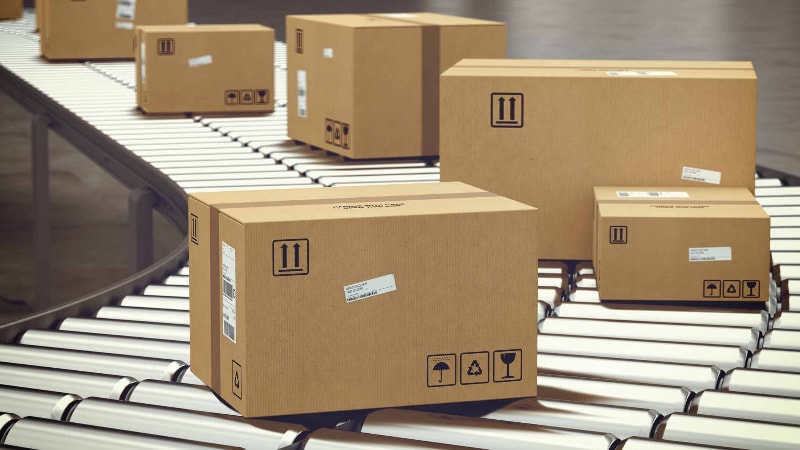
You can use customer surveys to gather data or simply reach out to them for direct feedback. Also, use reputation monitoring tools to get information from social media posts and reviews.
Step 2: Identifying Areas for Improvement
Once you’ve assessed your packaging, you’ll know which areas need improvement. It could be the type of materials used, the design and structure of your packaging, or even the way it is handled and shipped.
Let’s talk about size first. If your current solution is too large or bulky, can you reduce its size without compromising the integrity of your product? Less material means less waste and lower shipping costs. Similarly, if it’s too small, your product may be prone to damage during transit.
It’s best to use a packaging size that closely meets your product’s dimensions. You can also save some room for fillers.
Next, take a look at the packaging’s protective features. Make sure that efficiency and protection go hand in hand. Use less plastic and more eco-friendly materials.
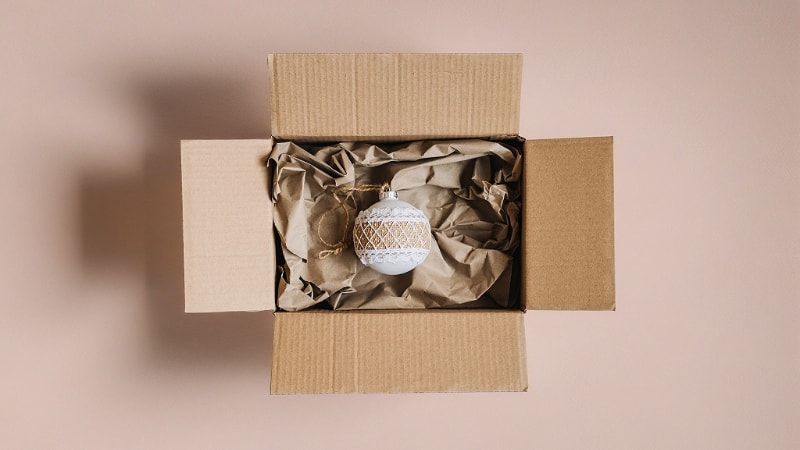
Even for fillers, you can use biodegradable options like shredded paper, air pillows, or bubble wrap made from recycled materials. You may not get your packaging optimization right the first time, and that’s fine. Test different versions to gauge what works best.
At the same time, keep eco-friendliness at the forefront of whatever you do. Look for places where you can cut out unnecessary materials and replace them with more environmentally friendly alternatives.
For example, non-recyclable elements, such as plastic windows in boxes, can be replaced with transparent biodegradable film. You can also use recycled materials for packaging labels and inserts, or opt for soy-based or water-based inks for printing.
Besides printing, there are several other ways to personalize and brand your packaging material. For example, you can use custom colors, patterned designs, or embossing to make your packaging stand out.
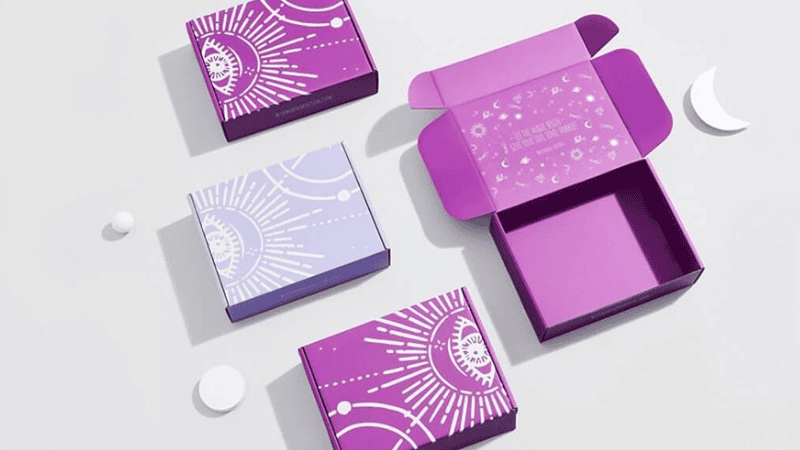
Your packaging should also reflect your commitment to whatever your brand stands for, whether it’s sustainability, quality, or creativity. Branding elements, like QR codes or social media handles, can also be incorporated into the packaging to engage with customers.
Step 3: Choosing the Right Packaging Solutions
After you’ve made a list of what you can improve in your packaging, the next step is selecting the right packaging solutions. Start by focusing on material selection, ensuring that the materials chosen align with the needs of your product and the preferences of your target audience.
Durable materials like recycled cardboard and paper-based solutions provide excellent protection while emphasizing sustainability. For environmentally conscious brands, biodegradable plastic alternatives can also be a valuable option, reducing the environmental impact while maintaining functionality.
Incorporating smart packaging technology can further streamline the process. Packaging machines, such as automatic box makers or sealing machines, not only enhance precision but also reduce the time and effort required for packaging. This way, you can minimize material waste and optimize packaging size.
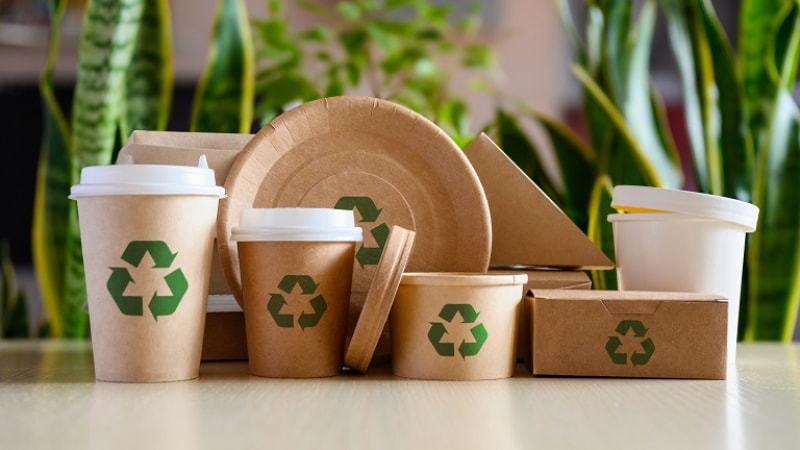
Customization is another area where packaging can be optimized for better results. Customized boxes tailored to fit specific products prevent unnecessary space and improve the overall unboxing experience for customers.
Adding custom inserts, such as molded pulp or foam, enhances product protection during transit and creates a snug fit for delicate items. Variable-size packaging is an innovative solution that adjusts to a product’s dimensions, reducing excess material and providing a tailored look for each shipment. The table highlights the impact of different inserts.
| Insert Type | Description | Impact on Customer Experience |
|---|---|---|
| Molded Pulp Inserts | Made from recycled paper or cardboard | Appeals to eco-conscious customers |
| Foam Inserts | Lightweight, durable inserts made of foam materials | Creates a premium feel |
| Corrugated Dividers | Cardboard or corrugated sheets that separate items within the box | Ensures products arrive intact and maintains neat organization in packaging |
| Bubble Wrap Inserts | Flexible, air-filled plastic sheets | Offers a functional, cost-effective solution |
| Paper-Based Inserts | Crumpled or molded paper | Provides a sustainable option |
Also, consider how packaging aligns with shipping requirements. Packaging optimized for different shipping methods, whether it’s FedEx, USPS, or freight, ensures products arrive safely without incurring unnecessary costs.
Optimizing your product packaging for carrier-specific requirements can also expedite the fulfillment process and improve customer satisfaction.
Step 4: Testing and Refining Packaging for Optimal Performance
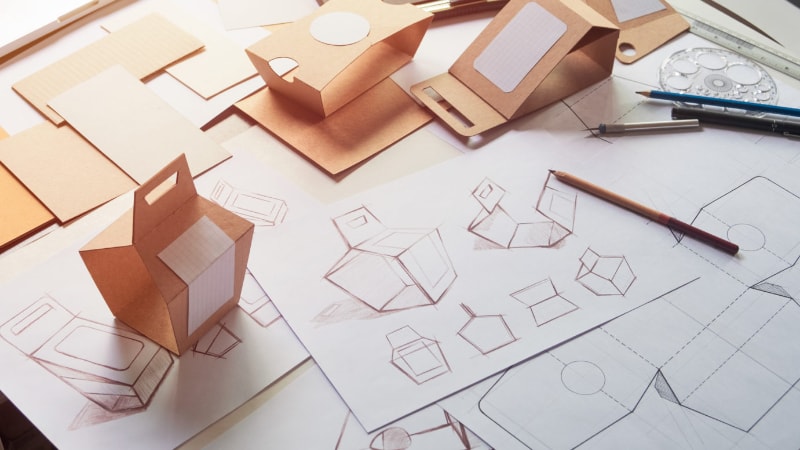
The packaging solution you have selected should also be tested and refined over time. Test your packaging prototypes in real-world scenarios to identify potential issues and areas for improvement.
Conduct drop tests, compression tests, and other simulated shipping scenarios. Also, assess the customer satisfaction rates and costs associated with the packaging solution. Simulation software can also help test packaging configurations before physically producing them, saving time and resources.
Use the results of these tests to determine the durability and ease of handling of your packaging. Make sure you conduct tests at different stages of the shipping process, such as initial handling, warehouse storage, and final delivery.
At the same time, gather customer feedback about your packaging. In your surveys, ask questions about the ease of opening, unboxing experience, level of protection provided, disposal, and overall satisfaction with the packaging. You can then use all this information to tweak and improve your packaging design.
Step 5: Implementing Packaging Optimization Strategies
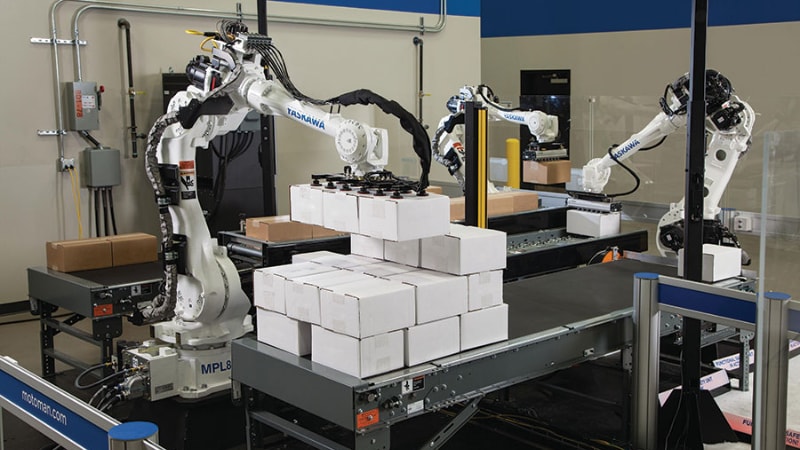
Packaging optimization isn’t a one-time thing. Instead, it’s an ongoing process that you need to constantly monitor and review.
One of its main components is training your staff and partners. Everyone on your team who handles the packaging should know how to do it correctly and efficiently. They should also be familiar with the features of new packaging materials and how to handle them.
Create a standard packaging procedure so that your team can follow it consistently. You can also bring automation into the process, such as using machines for packing and labeling to reduce the risk of human error. Ideally, there should be a harmonious balance between quality, cost, speed, and efficiency of packaging production.
You should monitor the packaging’s performance throughout this process. Look at factors like customer feedback, sustainability ratings, costs, and efficiency. Create an iterative process where you regularly review and make changes to your packaging design.
Step 6: Leveraging Technology for Ongoing Optimization
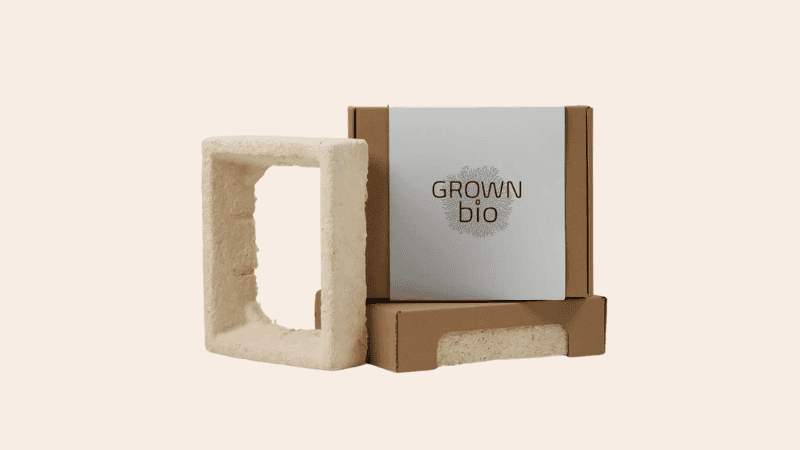
The tech sector boasts a revenue of $6.4 trillion, and a minor proportion of this revenue comes from packaging technology. The use of technology in packaging goes far beyond automation.
Packaging design software like Esko or ArtiosCAD allows you to create and test multiple designs in a virtual environment, eliminating the need for physical prototypes. You can also utilize optimization software to identify the most efficient packaging design and recommend alterations.
Some tools also track the sustainability of your product packaging, giving you a comprehensive overview of your impact on the environment. For example, WWF has an environmental footprint calculator that you can use to measure your carbon footprint.
Besides in-house tech solutions, you can also partner with the right suppliers who use advanced technology for their packaging production. Work with manufacturers that use sustainable materials and have efficient production processes.
Ready to Get Custom Packaging for Your Business?
start with a low minimum order quantity
Packaging Optimization for Customer Satisfaction
There are many ways to optimize your product packaging to enhance customer experience. It starts with the unboxing experience. You can make the unboxing process an exciting and memorable one for your customers by designing eye-catching packaging that is easy to open and protects the product.
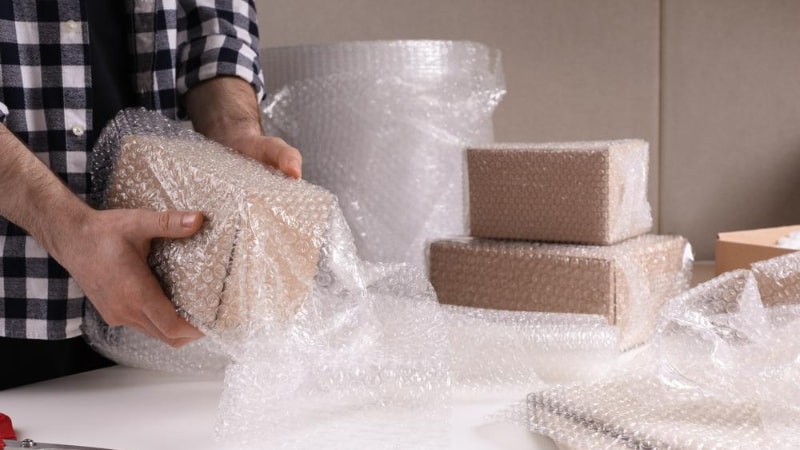
For example, using unique and vibrant colors and adding a personalized thank-you note can make a big impact on the customer’s first impression of your product. The first impression is merely about design and branding.
The presentation also matters. You can achieve this by using appropriate packaging materials such as bubble wrap, airbags, or foam inserts to secure the product during transit. Doing this shows customers that you care about their product arriving in pristine condition, which adds value to their purchase.
You can use shipping boxes that provide a snug fit for the product, eliminating any unnecessary movement and reducing the risk of damage. Moreover, custom-sized boxes can reduce shipping costs and waste materials. Customers will obviously appreciate it if the item comes in an undamaged box.
Including clear and concise assembly instructions with your product packaging can also contribute to customer satisfaction. Frustration due to complicated or missing instructions can lead to a negative experience and result in returning the product, damaging your brand’s reputation.
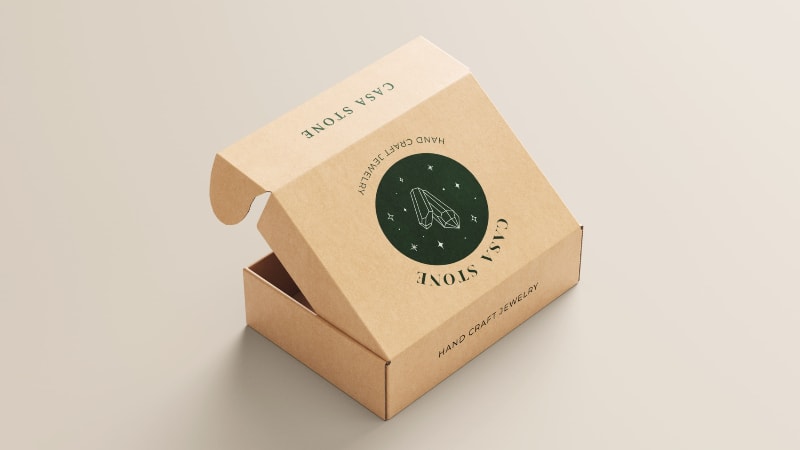
To avoid this, you can also use packaging materials that are easy to open and close, making it convenient for customers to access their product. These can include resealable bags or boxes with peel-off tabs.
You may also print QR codes on the packaging that can lead customers to instructional videos or product information. Similarly, including a link to your website or social media pages can encourage customers to leave reviews and share their experience with the product.
Case Studies: Successful Packaging Optimization in Action
Be it food packaging or apparel packaging, there are numerous examples of businesses that have successfully implemented packaging optimization strategies to improve their customer experience.
One of these is the IKEA furniture company, which has revolutionized its packaging design to make it more compact, efficient, and user-friendly. Their flat-pack furniture comes with clear and simple assembly instructions, making it easy for customers to put together the product.
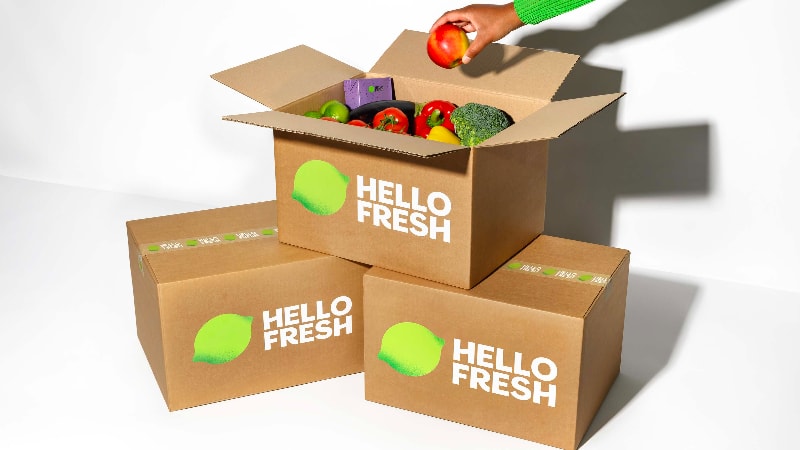
HelloFresh, a meal delivery service, is another example of successful packaging optimization. They use specially designed boxes and insulation materials to keep food fresh during transit while also making it easy for customers to unpack their meals.
An example from a tech company is Apple, which has a reputation for its sleek and minimalist packaging design. The boxes are compact yet sturdy, with all necessary accessories neatly organized inside. They not only enhance the customer experience but also reflect the brand’s commitment to simplicity and design.
FAQs
Why is packaging optimization important for businesses?
It is crucial for businesses as it increases efficiency, reduces costs, improves customer satisfaction, enhances product protection, and supports sustainability goals.
How can packaging optimization reduce shipping costs?
By using lightweight yet sturdy materials and right-sizing packaging to product dimensions, packaging optimization can significantly reduce transportation costs.
Does packaging optimization improve customer experience?
Yes, optimized packaging enhances the unboxing experience, leading to increased customer satisfaction, brand loyalty, and positive word-of-mouth.
Conclusion
Packaging optimization plays a vital role in helping brands improve supply chain efficiency, minimize expenses, and enhance operational workflows. All of these are a must-have in today’s competitive business space. Brands that optimize their packaging solutions can expect to enhance their bottom line.
At the same time, they can give their customers a better shopping experience and lower their environmental impact. An increased focus on sustainable and reusable packaging solutions means that brands can reduce their carbon footprint and contribute to a more eco-friendly future.
Boost Packaging Efficiency Without Sacrificing Aesthetics From Packoi
A reliable packaging supplier makes packaging optimization a breeze, acting as your partner in creating the best solutions for your products. At Packoi, we provide custom packaging solutions in bulk to assist you in this regard. Contact us today to learn more.



